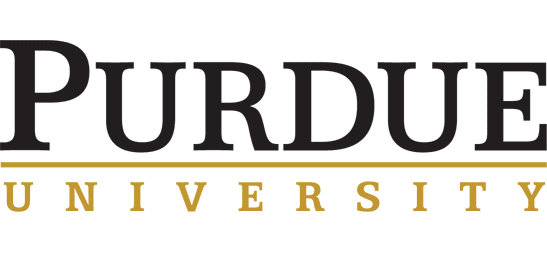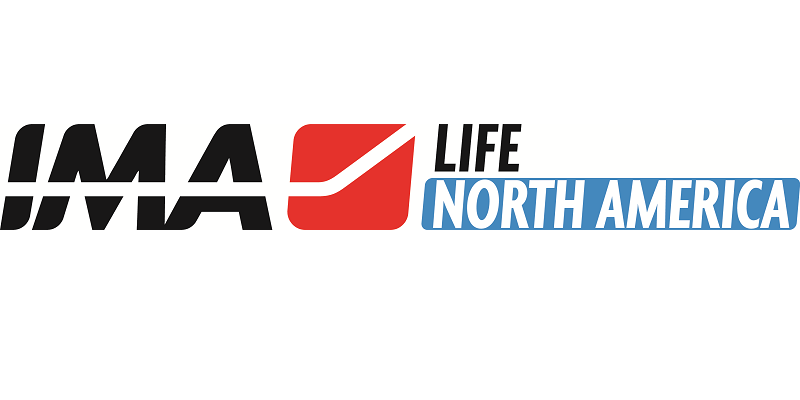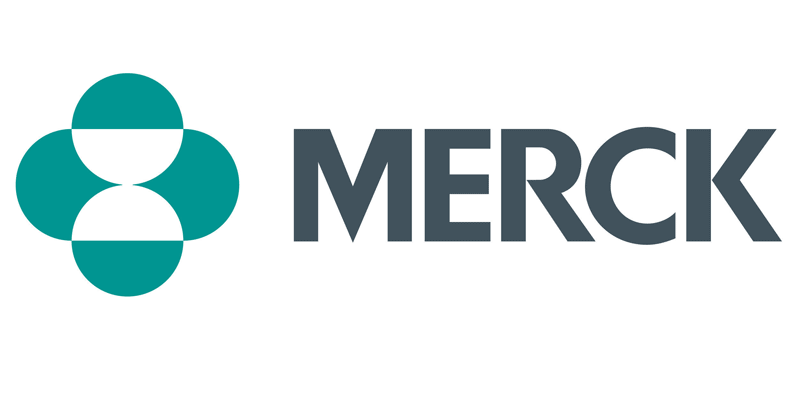Vaccines are often developed in freeze-dried (lyophilized) presentations due to requirements on stability, shipping, and faster timelines in early clinical development. The current lyophilization technology is capital and energy-intensive, largely due to the use of indirect, conductive heat exchange. The heat removal and input in freezing, primary and secondary drying are via contact between the product and shelves cooled or heated by a circulating working fluid such as silicone oil. This is slow, inefficient, and leads to non-uniform freezing and drying, especially in large-scale production systems. The use of the same heat transfer method for both freezing stage at atmospheric pressure and drying in vacuum is largely inefficient as it does not exploit the distinct mechanisms for the liquid, frozen, and partially dried porous material. Poor heat transfer, especially for the product in pre-filled double-chamber syringes is the rate and cost limiting bottleneck for manufacturing lyophilized biologics.
This project advances the tunable RF/MW drying in application to vaccine manufacturing. Tunable RF/Microwave Drying is a technology invented at Purdue which uses EM sources with variable frequency for optimizing power absorption by the frozen or liquid product in realistic complex enclosures. It applies statistical electromagnetics to provide average-power distribution that is uniform to a specified standard deviation. This is key to achieving uniformity of residual moisture and reconstitution time. The proof-of-concept experiments using Gen1 RF/MW system retrofitted to a lab-scale lyophilizer demonstrated x2 faster drying than the conventional lyophilization for protein formulations while achieving a comparable or lower residual moisture. The use of solid-state tunable MW sources and EM mixing allows drying at about an order of magnitude lower power input per product volume as compared with the magnetron-based MW heating.
The development of tunable RF/Microwave lyophilization technology significantly impacted the field of vaccine and biopharmaceutical manufacturing. Traditional lyophilization methods, which rely on indirect, conductive heat exchange, are capital- and energy-intensive, often resulting in inefficient and non-uniform freezing and drying, particularly in large-scale production. By introducing tunable RF/Microwave heating, this project advanced the discipline by offering a more efficient method that uses variable frequency electromagnetic sources to optimize power absorption during the lyophilization process.
The impact is profound, as it not only increases manufacturing throughput but also reduces costs and improves the stability and quality of vaccines and biopharmaceuticals, ultimately leading to faster, safer, and more cost-effective delivery of medication to patients.
Darwish, A., Strongrich, A. D., Alexeenko, A., & Peroulis, D. (2024). Optimizing Statistical Field Uniformity for RF Heating in Lyophilization: Modeling and Experimental Validation. IEEE Transactions on Instrumentation and Measurement, 73, 1-9. https://doi.org/10.1109/TIM.2024.3381275
Mutukuri, T. T., Darwish, A., Strongrich, A. D., Peroulis, D., Alexeenko, A., & Zhou, Q. T. (2023). Radio Frequency – Assisted Ultrasonic Spray Freeze Drying for Pharmaceutical Protein Solids. Journal of Pharmaceutical Sciences, 112(1), 40-50. https://doi.org/10.1016/j.xphs.2022.09.024
Login to the NIIMBL member portal to access more, including:
Not yet a member? Learn more about which level of NIIMBL membership is right for you and your organization.

Purdue University

IMA Life North America Inc.

Merck Sharp & Dohme LLC